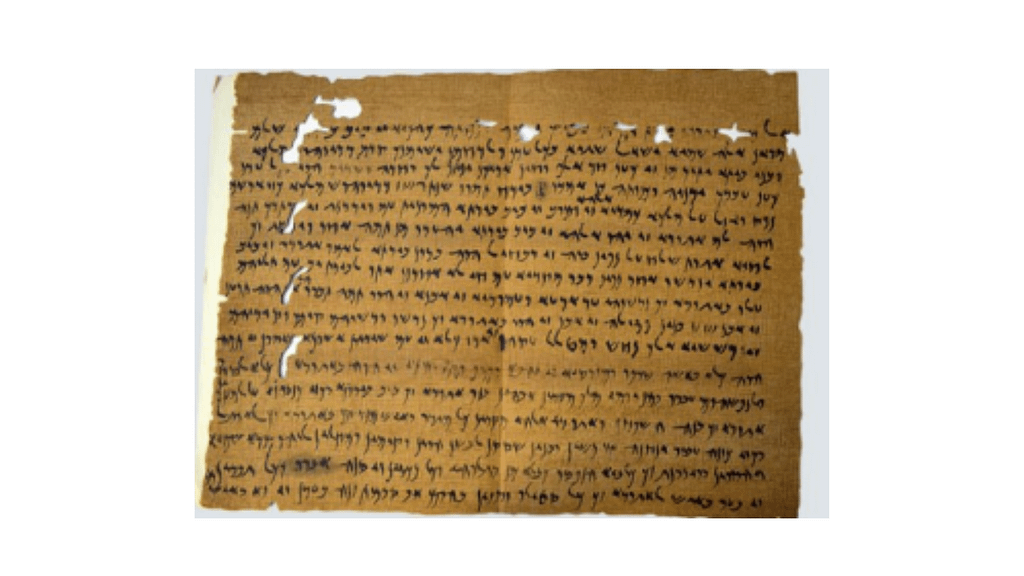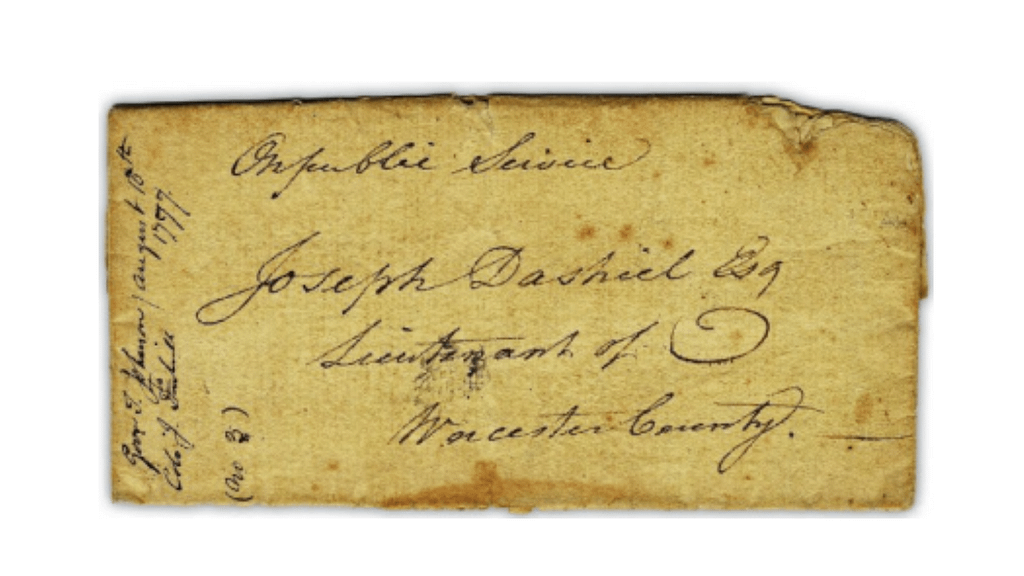For many years, letters have played an essential role in history. According to the ancient historian Hellanicus, the first handwritten letter was delivered by the Persian Queen Atossa in approximately 500 BC. As more people became literate, their means of communication expanded. Although modern modes of communication have mostly replaced handwritten letters, they continue to retain a special place in our hearts. According to a study conducted by Pen Heaven, 64% of individuals would not sit down and handwrite a single letter in a year. Despite this, 69 percent indicated that getting anything handwritten in the mail meant more than receiving a text, tweet, or Facebook message. To commemorate Pen Heaven’s Handwriting Matters campaign, we’ve compiled a collection of significant letters in which the writers altered the course of history merely by putting pen to paper.
History of Letter Writing

Letters have existed throughout history, from ancient India, Egypt, and Sumer through Rome, Greece, and China, and up to the current day. It utilized letters to educate oneself throughout the 17th and 18th centuries. The main functions of letters were to convey information, news, and greetings. For others, writing letters was a means to practice critical reading, self-expression, polemical writing, and exchanging ideas with people who shared their interests. Letters were seen as a written performance by some. Several books of the Bible are made up of letters. Correspondence archives, whether for personal, diplomatic, or commercial purposes, serve as primary materials for historians. Letter writing was considered an art form and a genre of literature at various eras, such as in Byzantine epistolography. In the ancient world, letters may be inscribed on diverse materials, including metal, lead, wax-coated wooden tablets, pottery pieces, animal skin, and papyrus. According to Ovid, Acontius used an apple in his letter to Cydippe. In recent years, letters have primarily been written handwritten and typed on paper. There have been many letters and educational resources (for example, manuals, as in the medieval) on letter writing throughout history. The study of letter writing often includes both rhetoric and grammar. Historians of the medieval era often analyze family letter collections, which assemble a group of related people’s personal and commercial communication and give insight into their everyday lives. The Paston Letters (1425–1520 CE) are highly studied for their insights into life in Britain during the Wars of the Roses. The Stonor Letters (1420 – 1483 CE), Plumpton Letters (1416 – 1552 CE), and Cely Letters are three more notable medieval family letter collections (1472-1488 CE).
Importance of Letter in 18th Century

The epistolary novel, which originated in letters, became a popular genre during the 18th century, known as the “Great Age of Letter Writing.” Love letters of a Nobleman and his sister were also published in the 17th century. Letter writers utilized this to communicate and investigate their identities and everyday lives at the time. Letters, a form of communication that straddles the public and private spheres, provide an enticing glimpse into thoughts, emotions, and lives. For the first time during this historical period, they published these “private” letters to develop and maintain literary renown.
Like social media platforms today, current superstars portray versions of their private lives for the public to view and read. Early modern and 18th-century luminaries meticulously constructed themselves in their letters so that audiences would be eager to read these works of literature. In the 18th century, it commonly connected personal letters with the principles of honesty and truth. Writing in the 18th century was a laborious process that required the acquisition of several materials, many of which were difficult or costly to get. Letters and their objectives have become more important to researchers interested in the interconnections and relationships between migrants, settlers, and refugees. Surprisingly, scholars did not begin studying letters as objects until the late twentieth century; most studies continue to concentrate on the national trend of epistolary novels.
Delivery Process

Sending a letter is as simple as following these steps:
- It may be folded to fit as the letter is written in an envelope. It may use a folding machine for large mailings.
- The recipient’s address is written on the front of the envelope or is typically visible via a clear envelope window when the sender sends the letter. If the recipient’s address contains a ZIP or Postal Code, the sender has traditionally placed that information on the envelope and their return address.
- When sending a modest number of personal letters, it’s common to use a postage stamp on the envelope’s upper-right corner. ● A mailbox is where the letter is delivered.
- Depending on the postal service in the sender’s country, the mailbox is emptied and the contents transported to the local sorting office for sorting and delivery.
- Afterward, the sorting office sorts each letter by its postal code and sends the letters designated for a specific region to the local sorting office. Depending on where the recipient is located, letters may have to be routed through stages of transmission and sorting.
- The mails are picked up from the delivery office and delivered to the correct destinations by local delivery people. Receivers may have to pick up their mail from the local post office if they reside in such a region.
- Senders and recipients may be separated by as little as a day or as far as three to four weeks. Trains and aircraft are used to transport international mail.
In 2008, Janet Barrett in the UK got an RSVP from ‘Buffy,’ supposedly first sent on November 29, 1919, to a party invitation addressed to ‘Percy Bateman.’ Janet was shocked. It had been 89 years since the Royal Mail had delivered it. In response to this, Royal Mail said that letters couldn’t have survived in their system for long because of the frequency with which they do inspections. Alternatively, it is possible in 1919 letter was “just a collector’s item that was delivered in another envelope and somehow got loose from the outer wrapping.”








